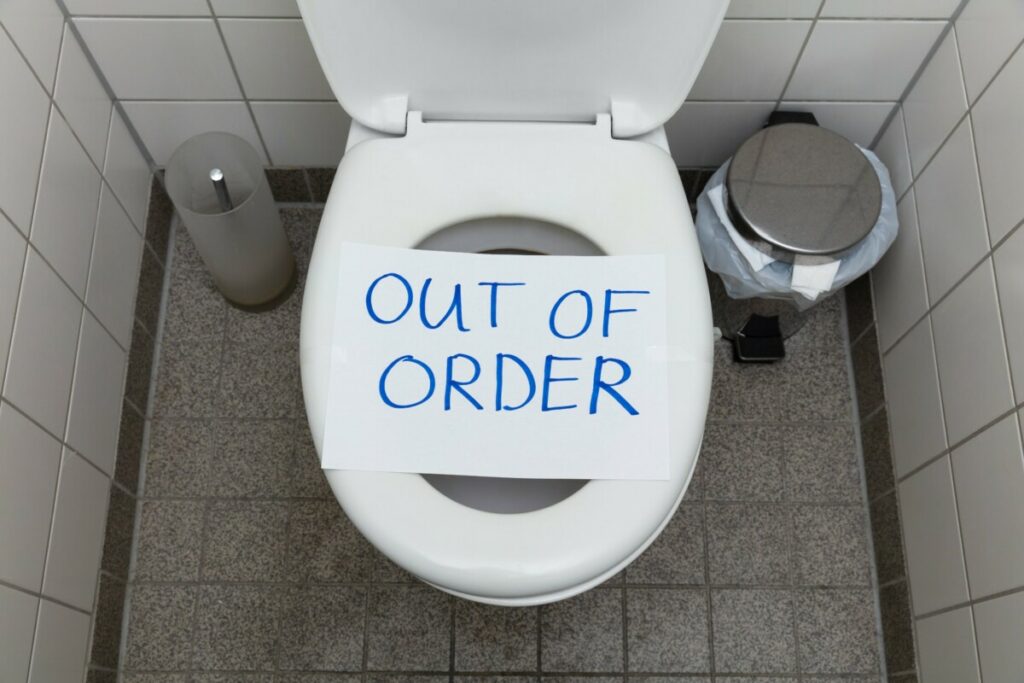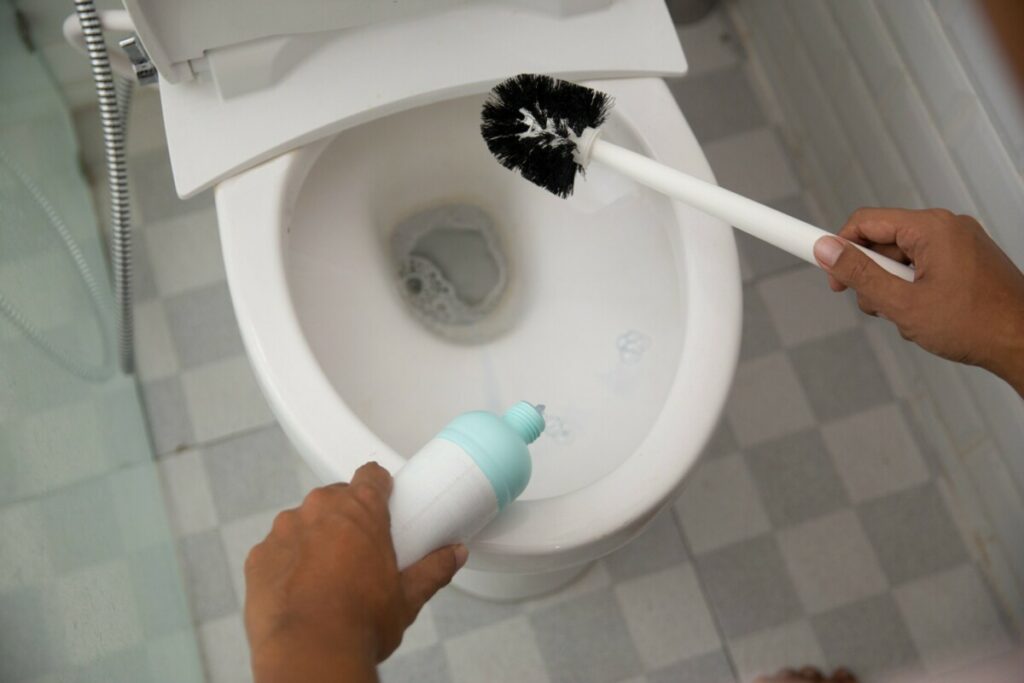7 Solutions – When Your Toilet Bowl Keeps Losing Water
Last Updated on October 5, 2023 by toilethaven
Imagine walking into the bathroom and the toilet smells unpleasant. Wondering what is causing the stench? Sure enough, there is a low level of water in the toilet.
There are many reasons for the lack of water in a toilet. The most common cause for this is cracks in the toilet or a blocked vent. Vents that are clogged require these steps to ensure the next time you walk into the bathroom, it will be a pleasant experience.
Read to find out what is causing problems with your toilet.
The Causes
There are two reasons for a clogged pipe. There is either a crack leading the water to run down the floor or a drainpipe. Either way, this is a cause of concern that should be treated as soon as possible to avoid this from happening again.

7 Solutions
1. Reposition the Float Ball
Older toilets use a float ball to regulate the levels of water in the toilet tank. The float ball will stop the water flow when the water reaches a given height.
What to do
- Remove the tank lid from the toilet.
- Slightly bend the float arm upwards.
- The float ball will keep adjusting until the water is at the correct level in the tank. If the ball fails to regulate the water, it is time to replace the float ball.
2. Adjust the Fill Valve
Newer toilets have a float cup instead of a float ball inside the tank. The fill valve’s job is to regulate the water flow in the tank, but over a long period of time, the valve can get off-balanced and need to be adjusted.
What to do
- Lift the lid off of the toilet tank.
- The adjustment rod is connected to the float cup, which is near the fill valve. Twist the screw that is on top of the water level adjuster and turn the rod on the adjuster clockwise. After this step, the float cup should rise, and the water level should rise in the tank.
- Flush the toilet to test the level of the water in the tank. If there is too much water in the tank, turn the screw clockwise in order for the fill valve to lower.
3. Repair or Replace the Trip Assembly
Part of the flush handle is the trip assembly. In some cases, the trip assembly is not correctly positioned inside the tank, or it is being blocked because of the lid in the way. This makes the flush cycle not work the way it was made to.
How to Check It
lift the toilet tank to see if the trip assembly is broken or warped in any way. If it looks like it is broken, then consider buying a new trip assembly. Ask people who are skilled at this to help with this process if you are unsure what to look for.
4. Fix a Cracked Toilet Bowl
A cracked toilet bowl is a sign of a problem happening with the toilet. Notice if the toilet bowl doesn’t hold water, check if the water is running down the outside of the toilet, and see if the toilet flushes properly or fills water after having flushed the toilet. Investigate to see if there are any cracks in the toilet. If all of these parts of the toilet are running abnormally, then it is time to fix the cracked toilet bowl.
How to Fix It
- Shut off the water to the house and enable the tank to drain. This depends on where the crack has formed in the toilet. If it is up high enough in the bowl, not touching the water line, then it may not need to be drained.
- Check to see if there is more than one crack in the toilet bowl.
- Fill the crack with the plumber’s epoxy. Epoxy is a soft substance used to cover cracks and leaks for plumbing pipes or fixtures.
- Wait for approximately 24 hours to let the epoxy correctly dry and soak in. Fill the water back in the toilet after this process has been finished.
- If the cracks are located anywhere below the water level inside and out, a professional will be required to fix them.
5. Fix the Blocked Sewer Vent Line
Sewer vent lines run through the wall of the bathroom all the way up to the roof of the house. The sewer vent line, which is part of the plumbing system, removes all of the sewer gas buildup when the toilet flushes. When there is no air going through the vent line, this can affect the water level in the toilet.
Reasons for This Damage
- Birds’ nests
- Dead rodents
- Any debris, including leaves and other small branches, falls on top of the roof.
How to Fix It
- Remove any debris from the top of the roof. Make sure to bring a flashlight to see what is going on inside the vent.
- If there’s a clog inside the vent, use a plumber’s snake, a slender, flexible auger that reduces dislodging in the plumbing.
- Contact a plumber if the dislodging process doesn’t work or the vent doesn’t seem clogged.
6. Fix Clogged Jet Flush Hole
The jet flush hole is the area in front of the toilet that holds water and releases to push the waste out of the toilet after the toilet flushes. Calcium and deposits will block the jet flush hole inside the tank, weakening the toilet’s flushing power over time.

How to Fix It
Use an acidic cleaner and a brush to clean out the jet flush hole build-up. Use a brush that will be small enough to fit through the small drain hole to efficiently scrape all of the debris and build-up inside the toilet.
7. The Rim Jet is Clogged and Needs to be Fixed
The rim jet is the opening on the toilet’s upper sides responsible for water flowing inside the bowl in a circular direction. Deposits can develop over the ridge line, which blocks the water from flowing through and weakens the flushing power.
What to do
- Plug each jet with a plumber’s putty.
- Pour acidic toilet cleaner into the overflow tube that is inside the tank.
- Scrub with a brush to remove any debris inside the tank.
Consider all of these reasons when trying to find out what is happening to the toilet. Use the proper tools and advice to correctly fix a toilet without ruining the toilet.